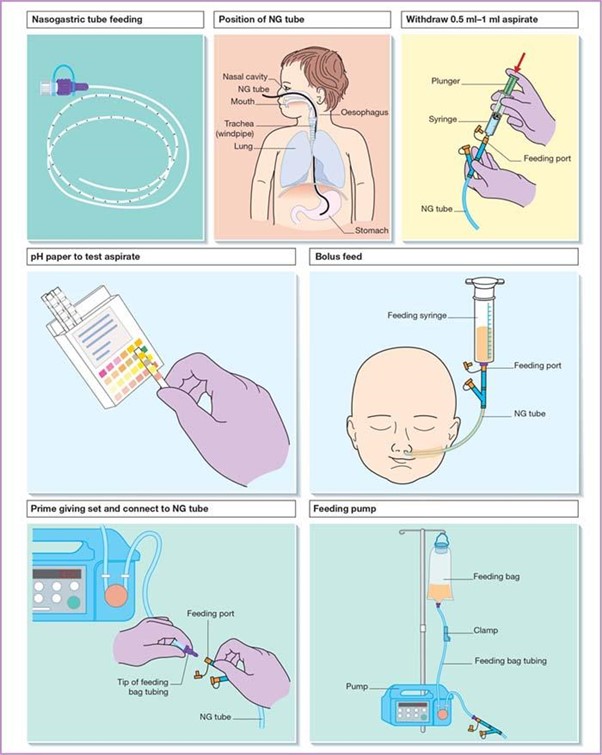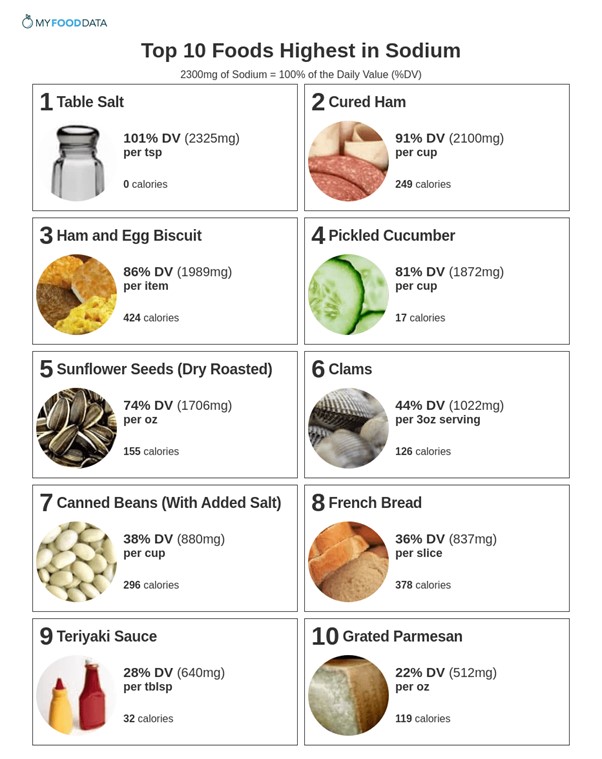A 5' 3" (1.6 meter) 113-pound (51.3 kg) client has a lipid profile of total cholesterol 267 mg/dL (6.92 mmol/L), LDL 167 mg/dL (4.33 mmol/L), HDL 85 mg/dL (2.2 mmol/L), triglycerides 79 mg/dL (0.89 mmol/L), and VLDL 16 mg/dL (0.41 mmol/L). Based on these findings, it is most important for the nurse to teach the client to make every effort to completely avoid which foods?
Reference Range
Total Cholesterol [Reference Range: less than 200 mg/dL]
Low Density Lipoproteins (LDL) [Reference Range: less than 130 mg/dL]
High Density Lipoproteins (HDL) [Reference Range: Male: greater than 45 mg/dL or greater than 0.75 mmol/L] Very Low-Density Lipoprotein Cholesterol (VLDL) [Reference Range: 12 to 30 mg/dL or 0.31 to 0.78 mmol/L]
Nuts.
Shellfish.
Eggs.
Cheese.
The Correct Answer is D
Choice A
Nuts is incorrect. Nuts are a good source of healthy fats, including monounsaturated and polyunsaturated fats, which can actually have a positive impact on heart health. They have been associated with improving HDL cholesterol levels and can be a part of a heart-healthy diet. While nuts are calorie-dense, small portions can be included as part of the client's diet to replace less healthy snacks. Therefore, nuts might not need to be completely avoided.
Choice B
Shellfish Is incorrect. Shellfish, including shrimp, crab, and lobster, are relatively low in saturated fat and cholesterol. While they do contain cholesterol, dietary cholesterol has less impact on blood cholesterol levels compared to saturated and trans fats. The client's main concern is elevated LDL cholesterol, which is influenced more by saturated fat intake. Therefore, avoiding shellfish might not be as crucial as focusing on saturated fat sources.
Choice C
Eggs is incorrect. Eggs are a source of dietary cholesterol, but they also provide essential nutrients. Recent research suggests that dietary cholesterol from foods like eggs has less impact on blood cholesterol levels for most people than was previously thought. For the client, the more significant concern is the elevated LDL cholesterol level. If the client enjoys eggs, they might not need to completely avoid them, but they should consume them in moderation and consider other dietary changes to reduce saturated fat intake.
Choice D
Cheese is correct. Cheese is often high in saturated fats, which can contribute to elevated LDL cholesterol levels. Therefore, it would be important for the client to limit their intake of high-fat cheeses.
Nursing Test Bank
Naxlex Comprehensive Predictor Exams
Related Questions
Correct Answer is A
Explanation
Choice A
Sending fluid specimen to the lab should be implemented. Cloudy green fluid aspirated from a nasogastric tube (NGT) can indicate that the tube is in the wrong place, likely in the respiratory tract (trachea) instead of the gastrointestinal tract (stomach). The green colour suggests the presence of bile, which is normally found in the stomach but not in the respiratory tract. This is a serious situation that requires immediate attention.
The most appropriate intervention in this case is to send the fluid specimen to the lab for analysis. This is important for confirmation of the content and to guide further steps. The nurse should also consult the healthcare provider to determine the appropriate course of action, which might involve removing and reinserting the NGT correctly.
Choice B
Withdrawing the NGT and reinsert should not be implemented. If the NGT is in the wrong place, reinserting it without further assessment could worsen the situation. The nurse should not reinsert the NGT until the correct placement is confirmed.
Choice C
Connecting the NGT to wall suction should not be implemented. Connecting the NGT to wall suction without verifying its placement could cause harm, especially if the tube is in the respiratory tract.
Choice D
Determine pH value of specimen should not be implemented. While assessing the pH of aspirated fluid can help confirm the location of the NGT, sending the specimen to the lab for analysis is a more comprehensive action in this situation, as it allows for more detailed examination and guidance for appropriate next steps.

Correct Answer is B
Explanation
Choice A
Bananas are incorrect. Bananas are naturally low in sodium.
Choice B
Ground sirloin is correct. For an older adult who needs to limit sodium intake, the nurse should encourage avoiding foods that are high in sodium. Processed meats, including ground meats like ground sirloin, are often higher in sodium due to added preservatives and flavourings. These additives can significantly contribute to sodium content. Encouraging the client to choose lean meats and to avoid processed meats can help reduce sodium intake.
Choice C
Cottage cheese is incorrect. While cottage cheese might contain some sodium, it's usually lower in sodium compared to processed meats.
Choice D
Broccoli is incorrect. Broccoli is a vegetable that is naturally low in sodium.

Whether you are a student looking to ace your exams or a practicing nurse seeking to enhance your expertise , our nursing education contents will empower you with the confidence and competence to make a difference in the lives of patients and become a respected leader in the healthcare field.
Visit Naxlex, invest in your future and unlock endless possibilities with our unparalleled nursing education contents today
Report Wrong Answer on the Current Question
Do you disagree with the answer? If yes, what is your expected answer? Explain.
Kindly be descriptive with the issue you are facing.
